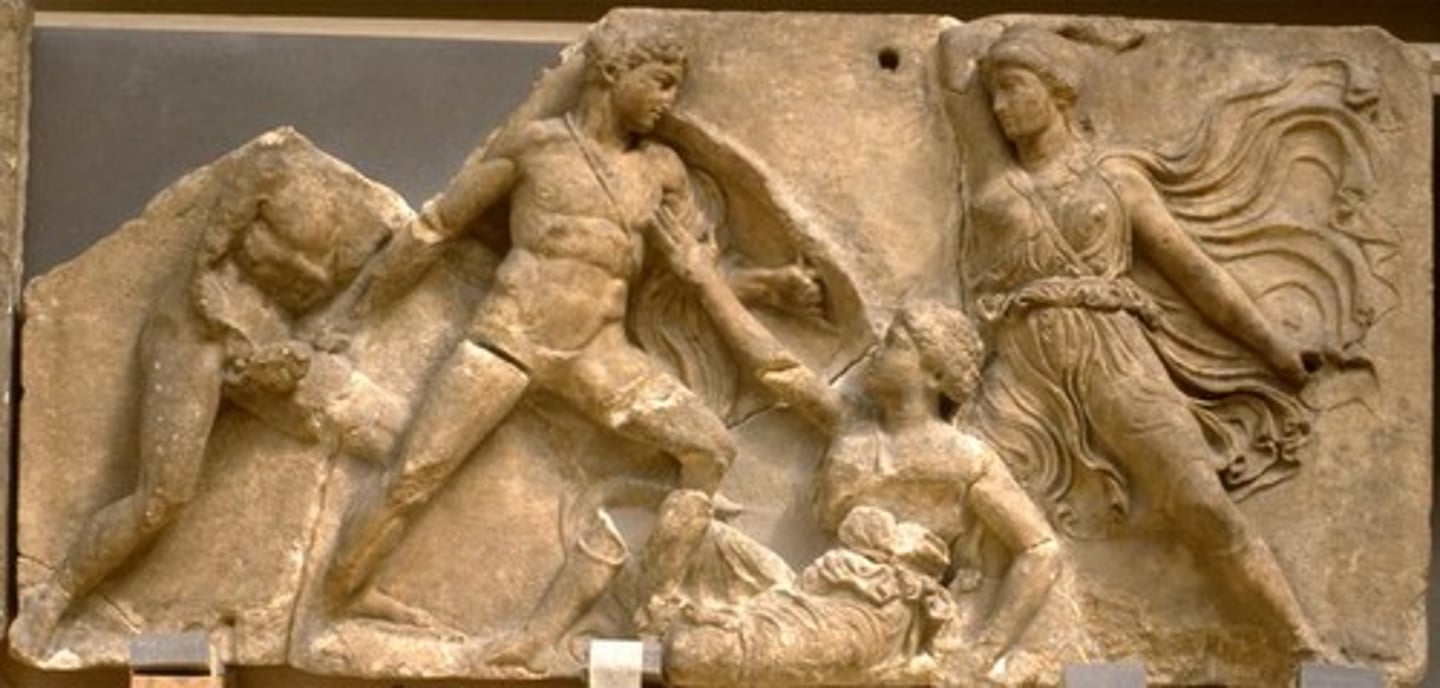Ocr Classics A-Level: Greek architecture
1/14
There's no tags or description
Looks like no tags are added yet.
Name | Mastery | Learn | Test | Matching | Spaced |
|---|
No study sessions yet.
15 Terms
pediment of temple of artemis at corcyra
Date: 580 BC
Material: Limestone
Central narrative: Medusa
Significance: early archaic architectural sculpture depicting a variety of myths on one pediment.
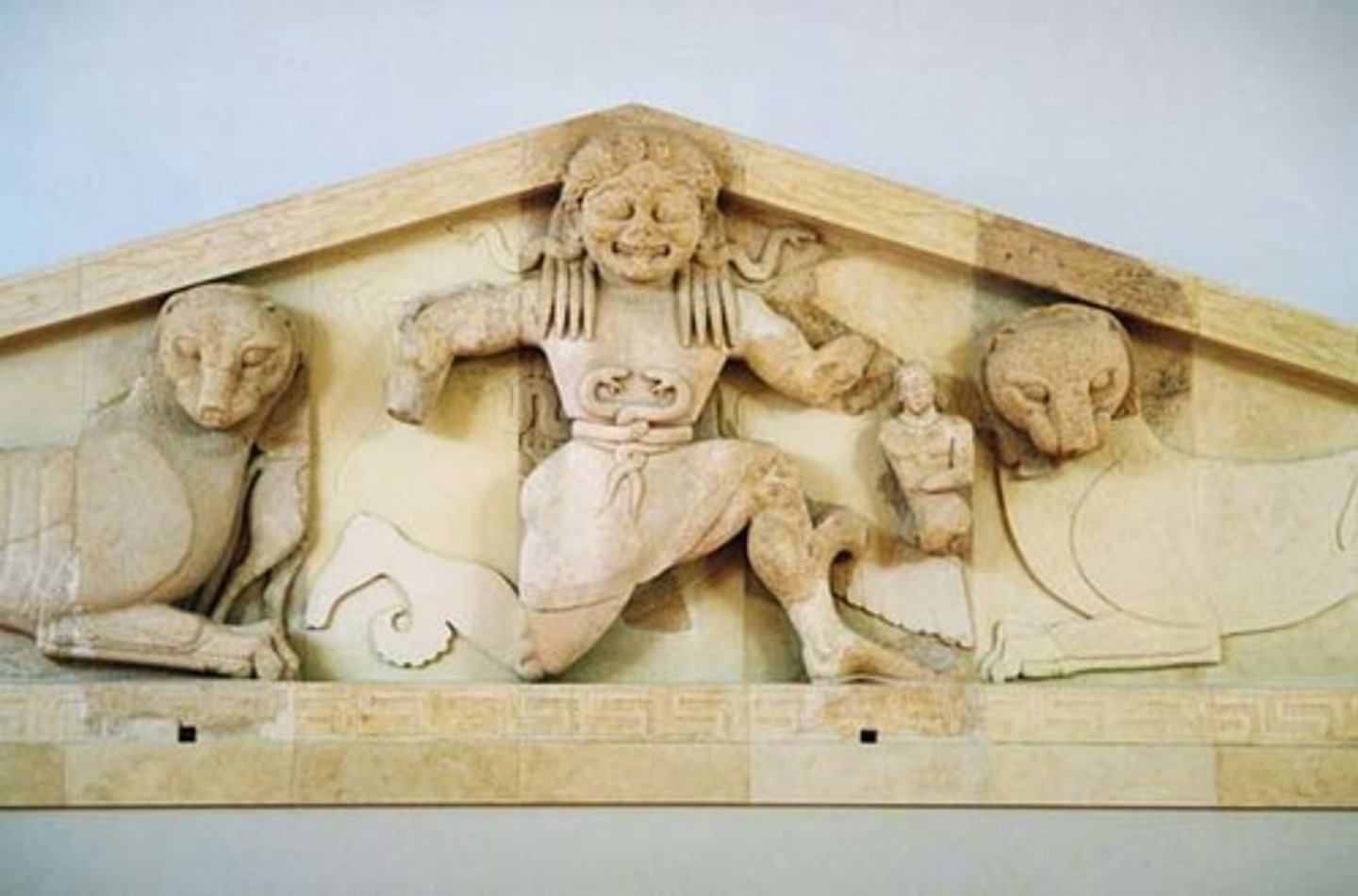
metopes of temple C, Selinus
date: 575-550 BC
material: limestone
narratives: herakles and the kerkopes
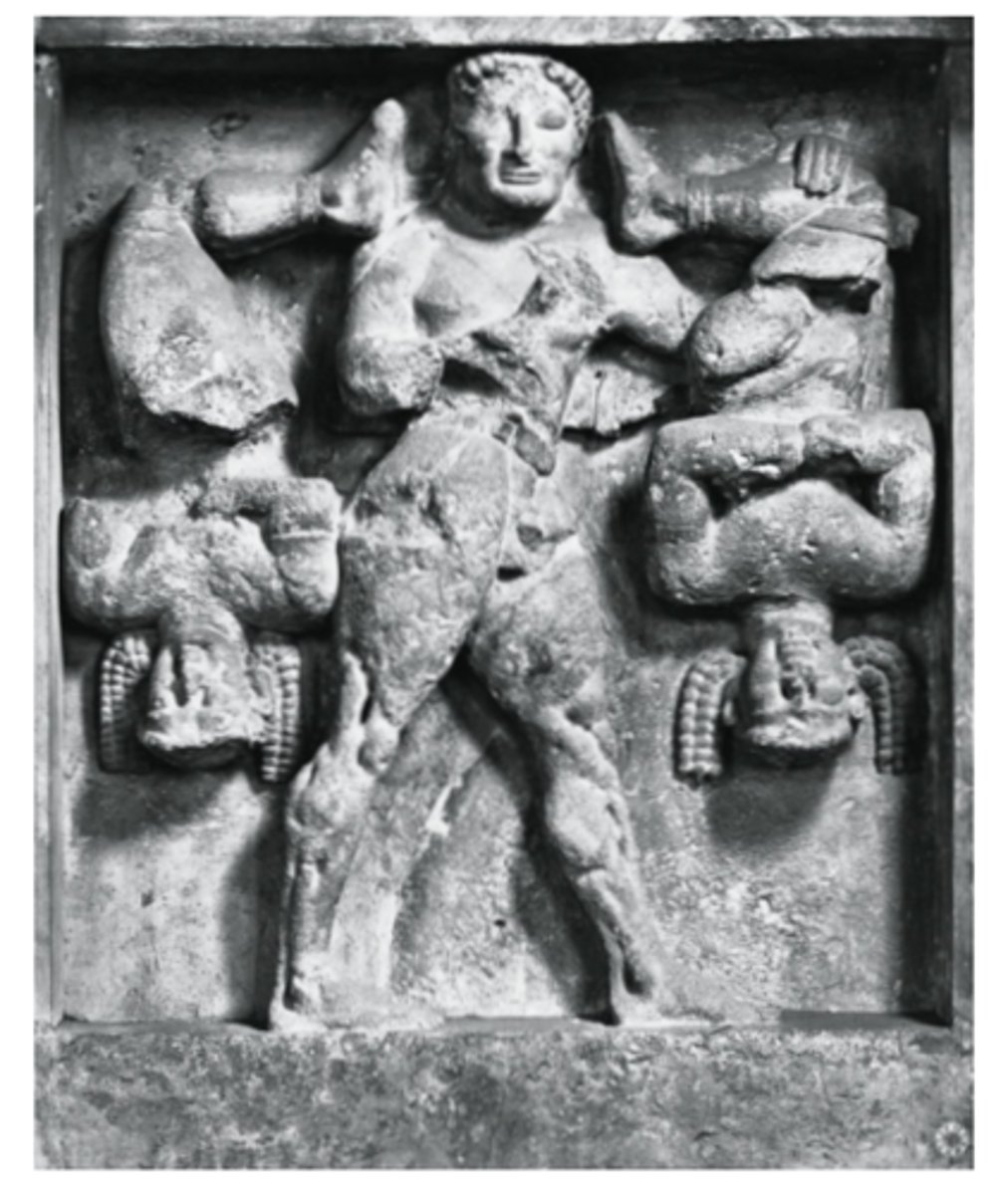
Ionic frieze of the Siphnian Treasury, Delphi
date: 525 BC
material: marble
narratives: gigantomachy (north), trojan war (east), abduction scene (south), judgement of paris (west).
significance: depicts four different myths.
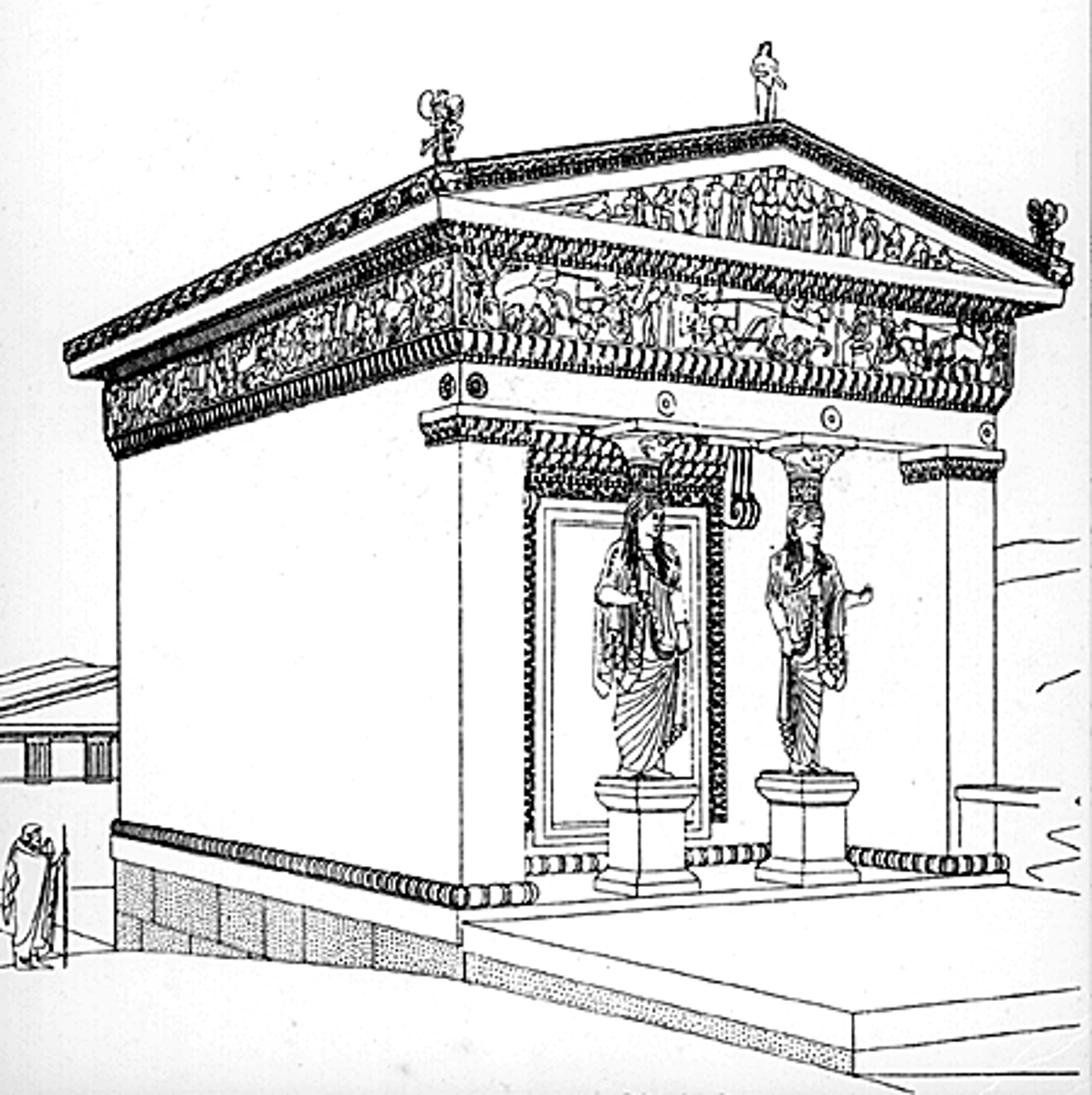
West Pediment of Temple of Aphaia, Aegina
date: 510 BC
material: limestone
narrative: second sack of troy with paris and ajax
significance: late archaic depiction of the second sack of troy
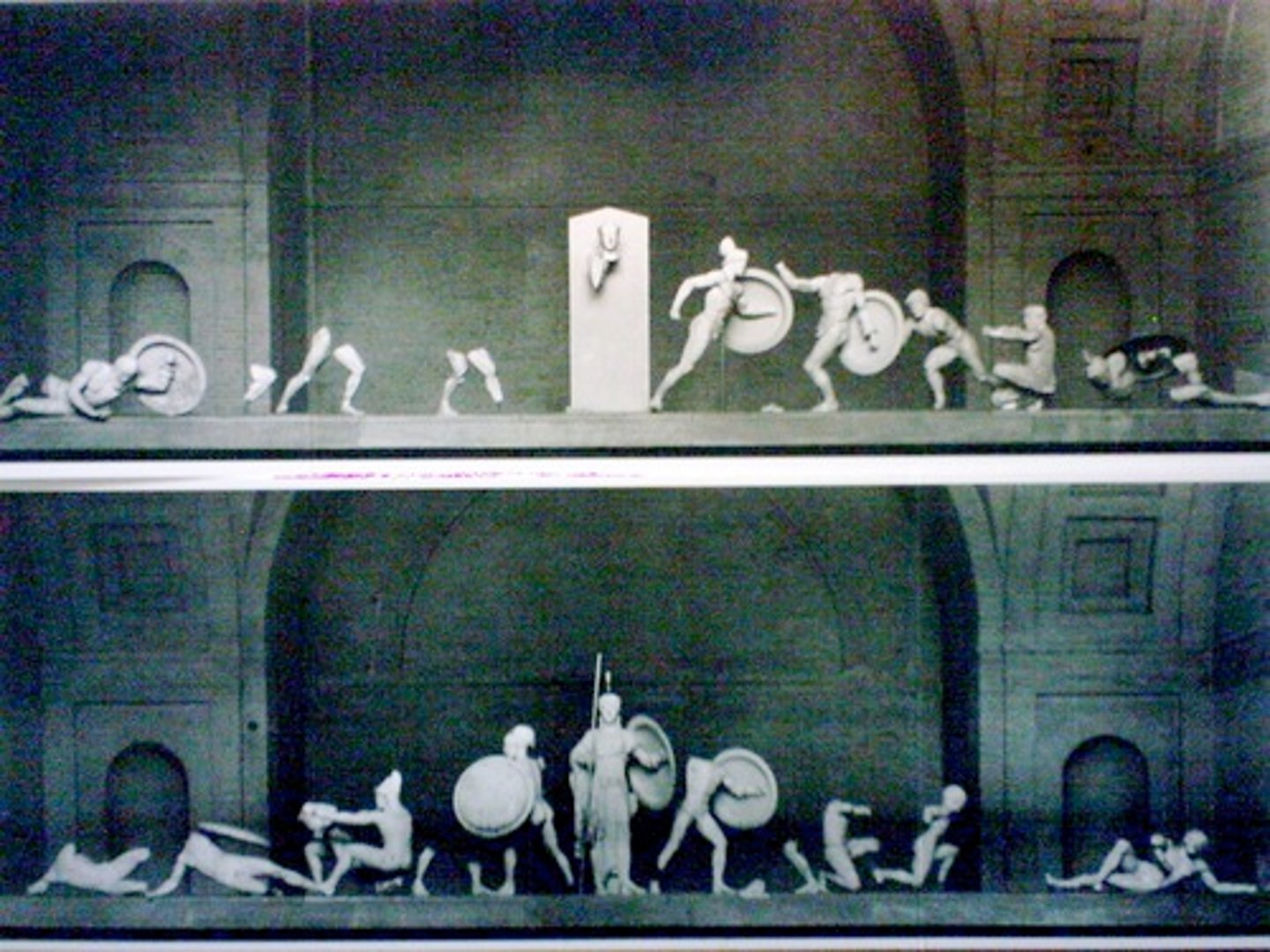
East Pediment of the Temple of Aphaia
date: 490-480
material: limestone
narratives: first sack of troy with herakles and telamon
significance: early classical depiction of the first sack of troy

East Pediment of Temple of Zeus at Olympia
date: 460 BC
material: marble
narrative: contest between pelops and oinamaos
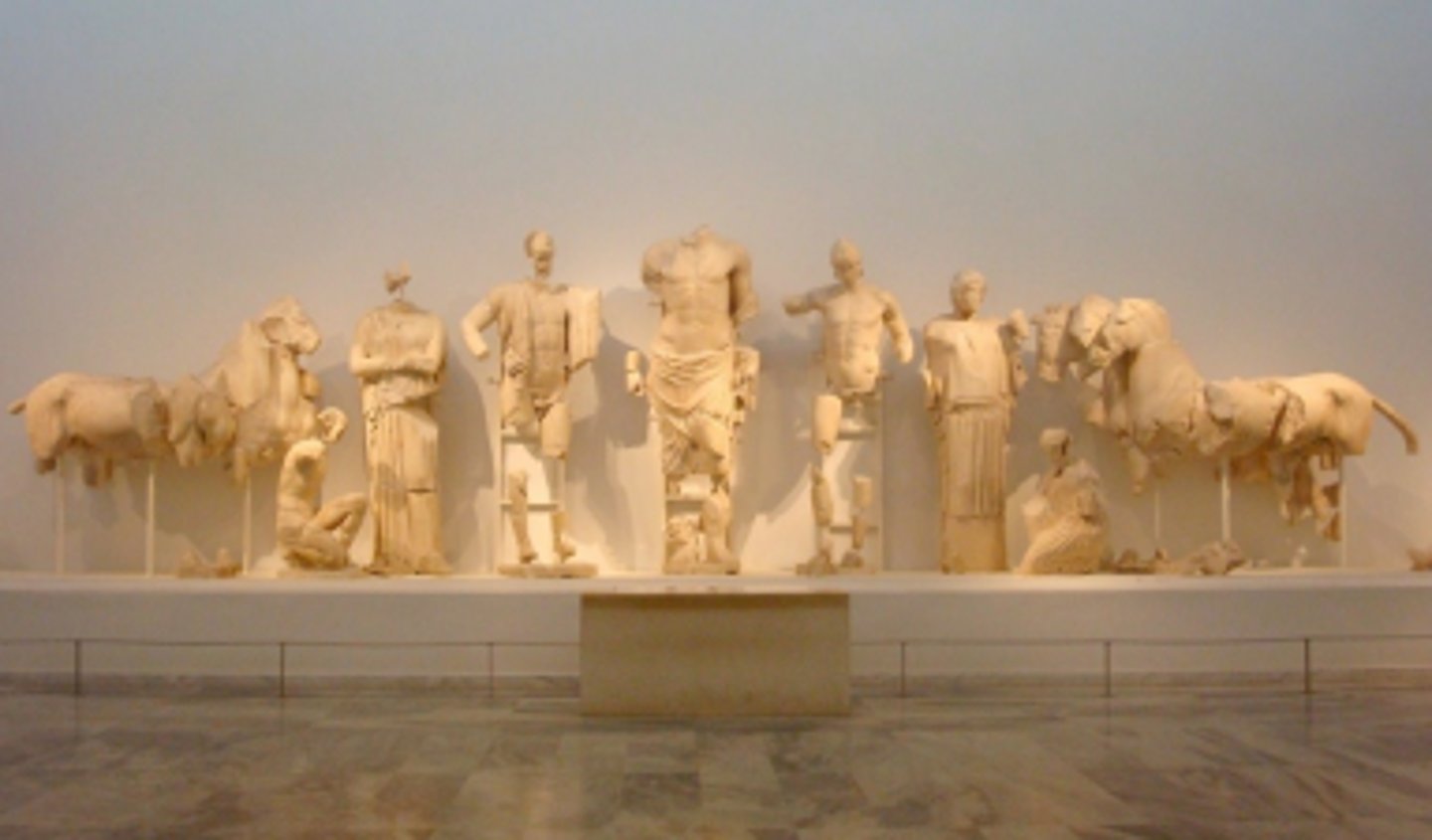
West Pediment, Temple of Zeus
date: 460 BC
material: marble
narrative: centauromachy with apollo in the middle
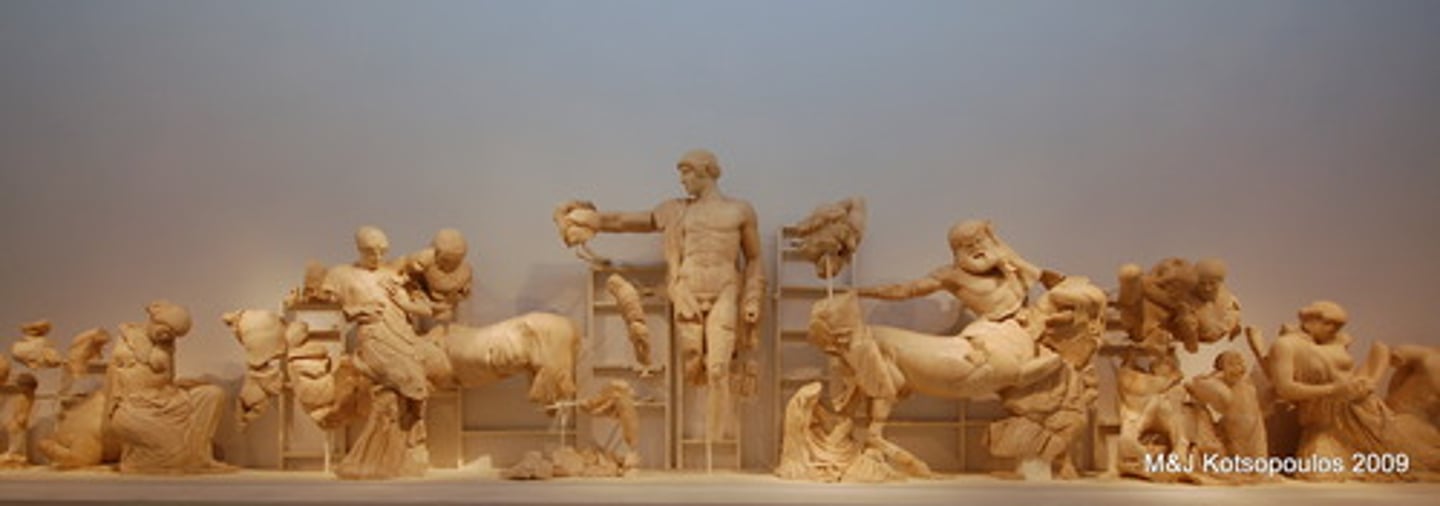
Metopes: Temple of Zeus, herakles and the stables of augeas
date: 460 BC
temple of zeus
Significance: metope depicting individual labour of herakles
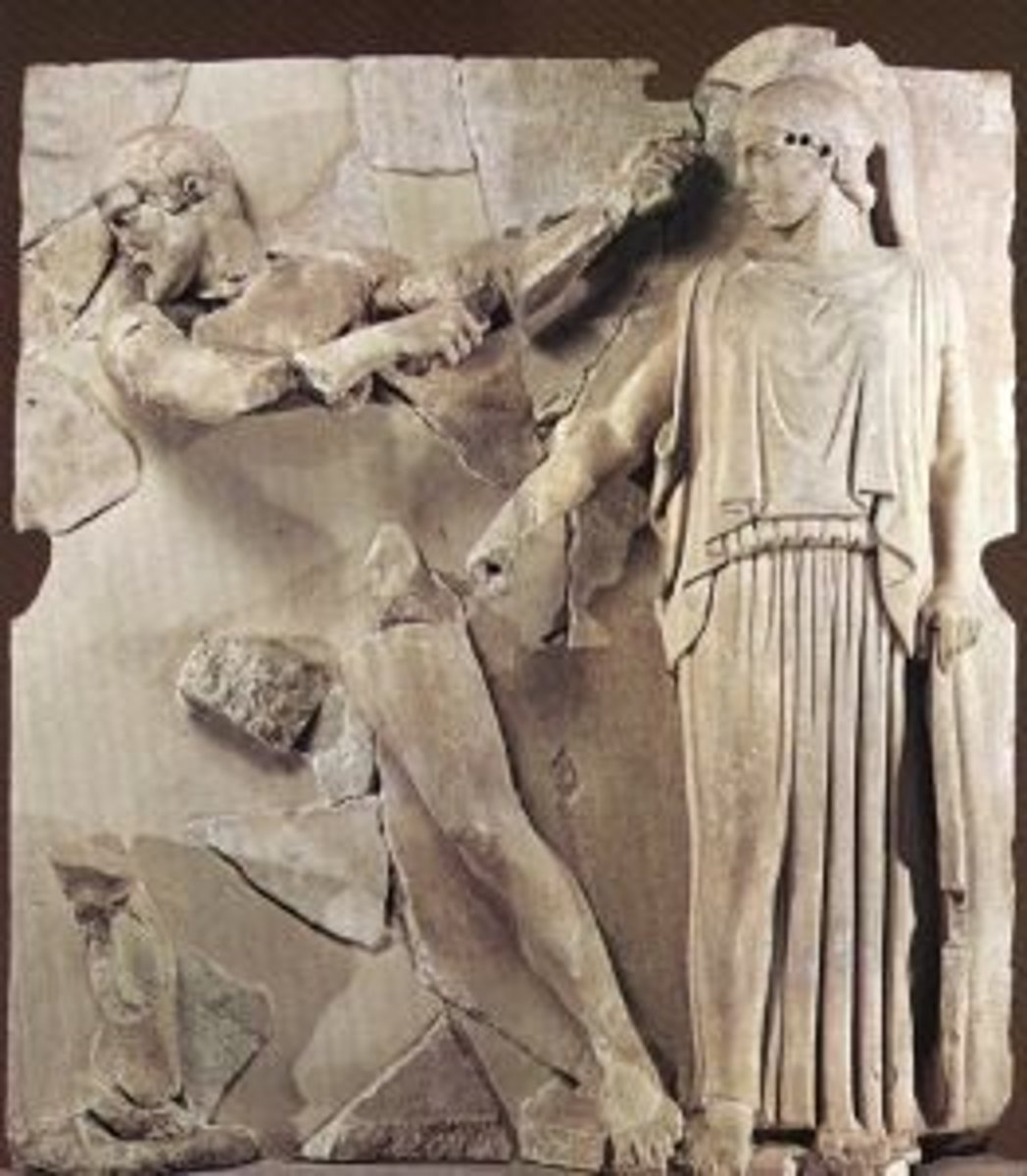
Metopes: Temple of Zeus, herakles and the cretan bull
date: 460 BC
temple of zeus

Metopes: Temple of Zeus, herakles and the garden of the hesperides
date: 460 BC
temple of zeus
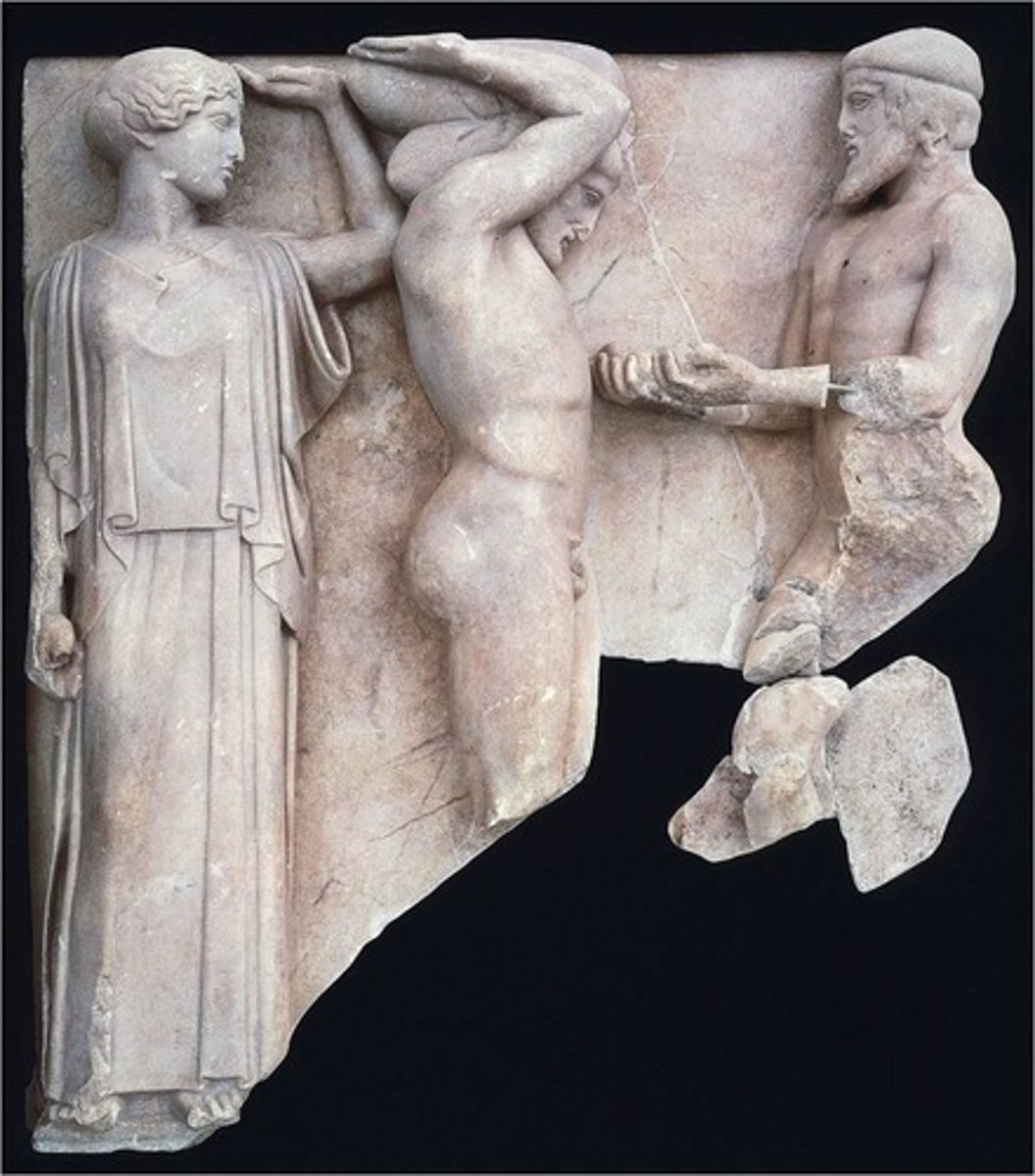
East Pediment: Parthenon, Birth of Athena
date: 437-432 BC
material: marble
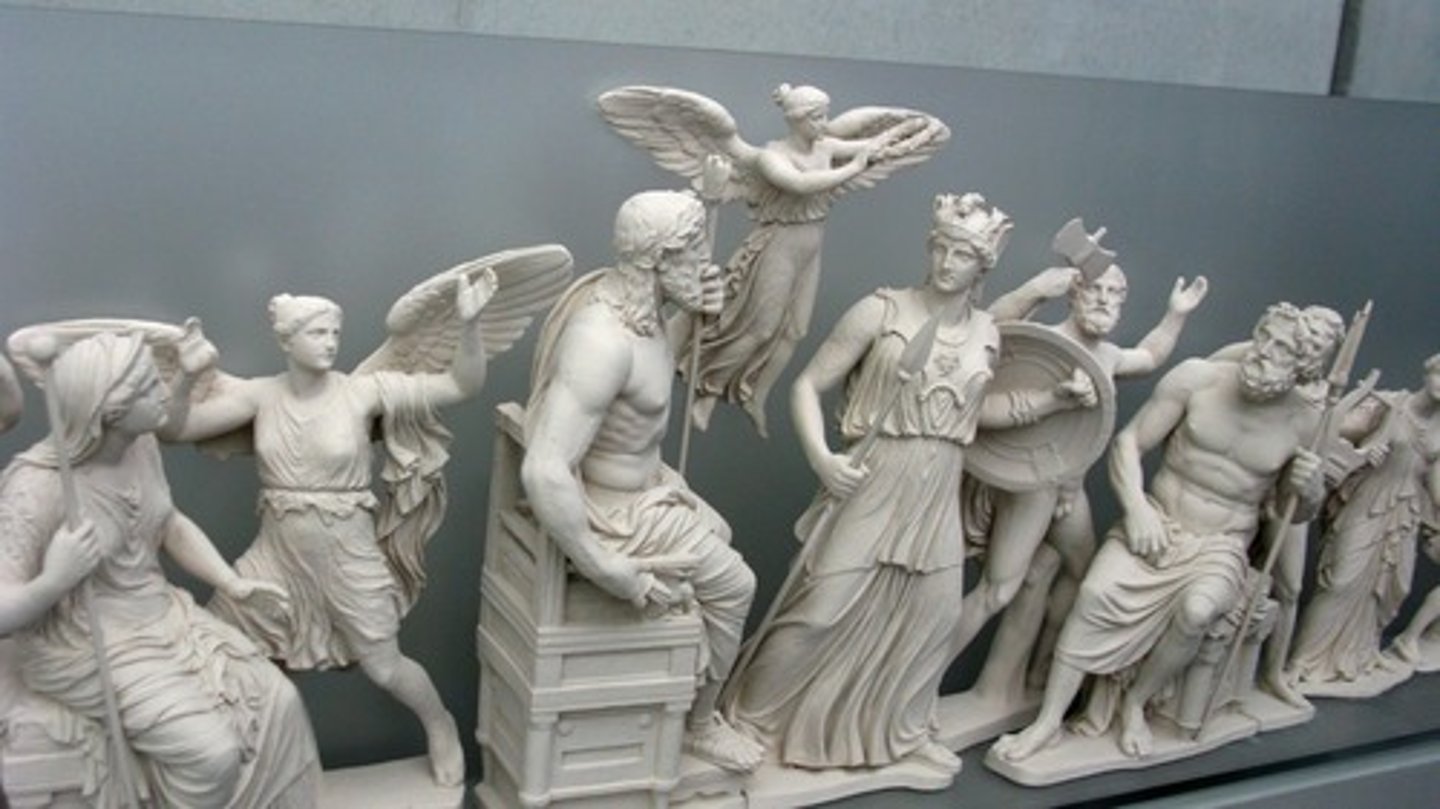
West Pediment: Parthenon Contest between Athena and Poseidon
date; 437-432 bc
material: marble
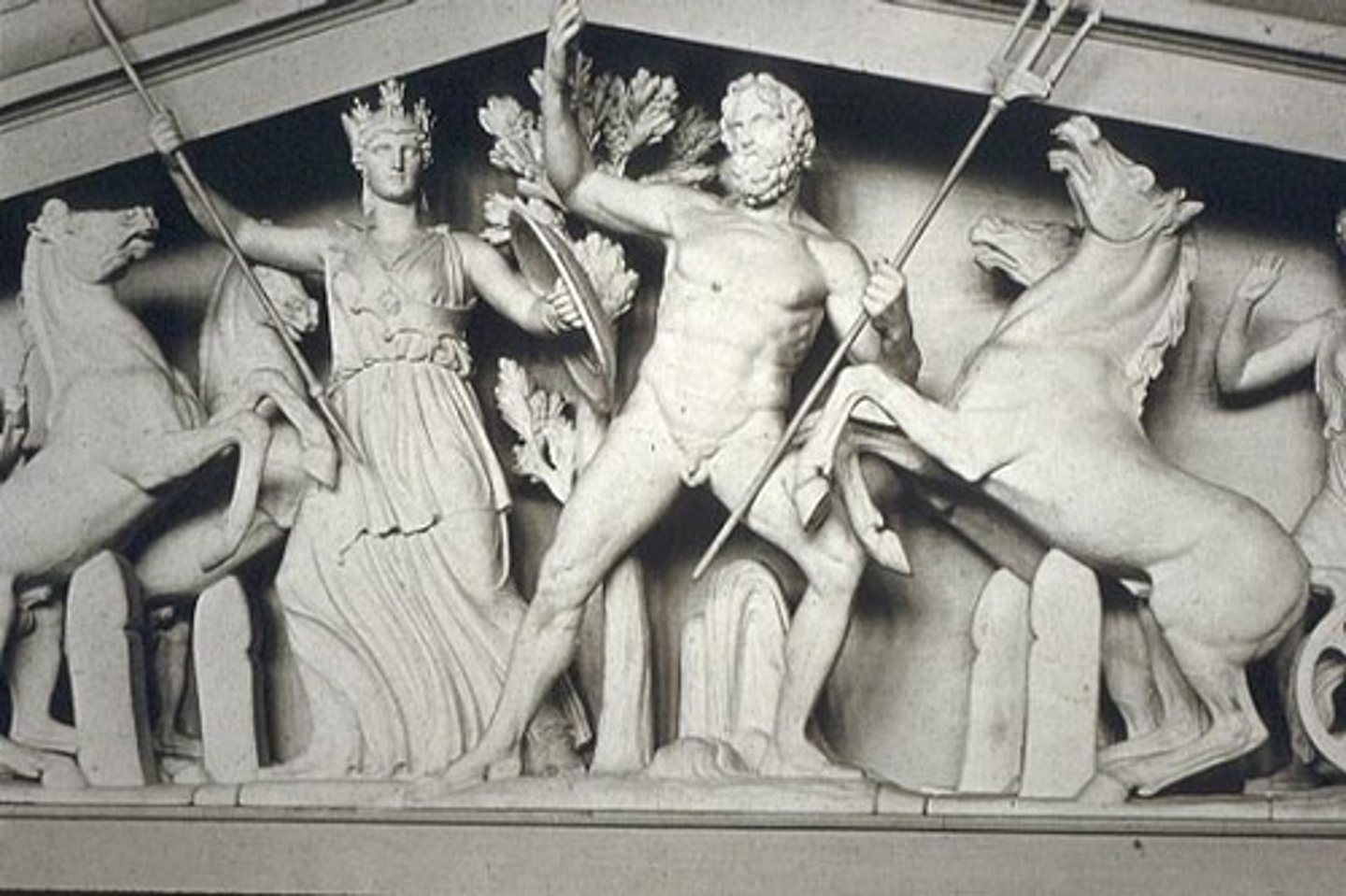
Ionic frieze: the panathenaic procession
date: 442-437 Bc
material: marble
significance: a unique occasion where architectural sculpture depicts a mortal custom: the panathenaic procession.
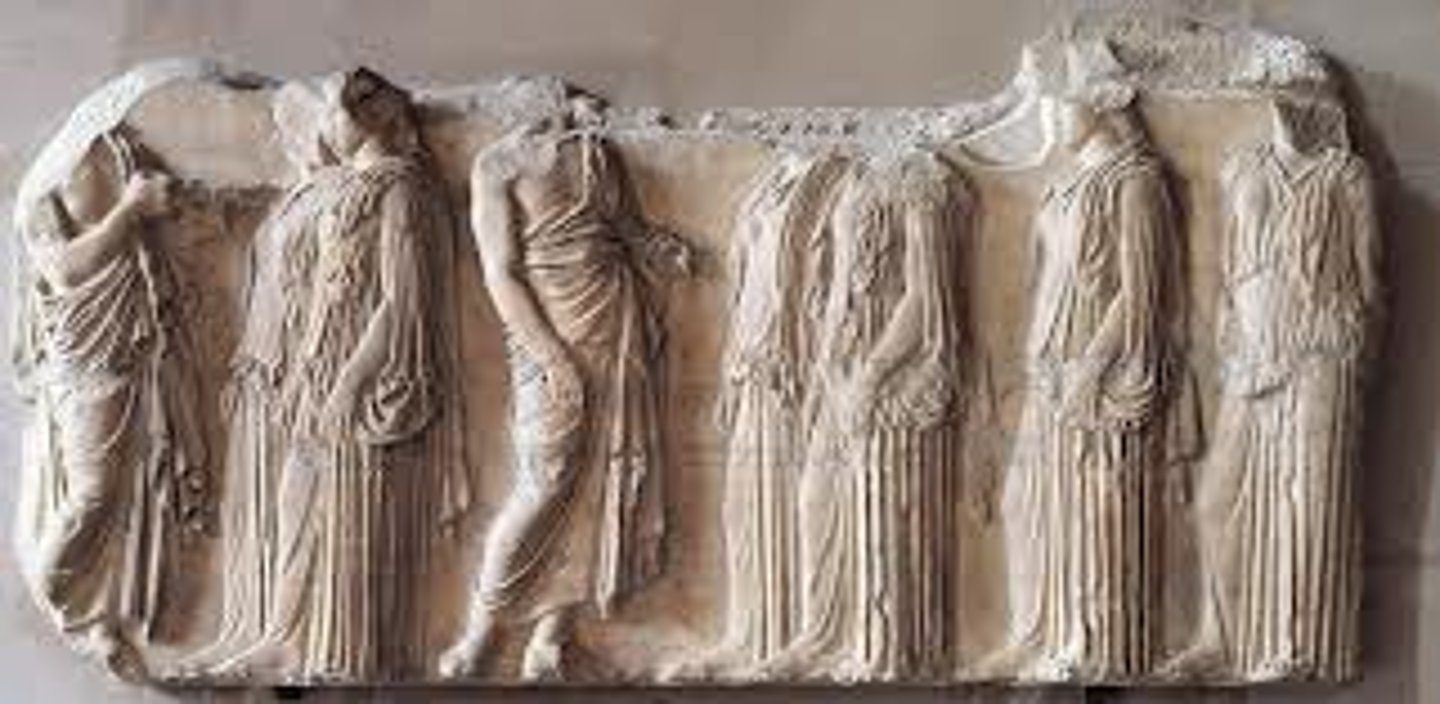
Doric frieze: metope XXVI, XXII and XXVIII depicting the centauromachy
date: 447-442 BC
narrative: centauromachy
significance: metopes showing different myths on each side of parthenon.
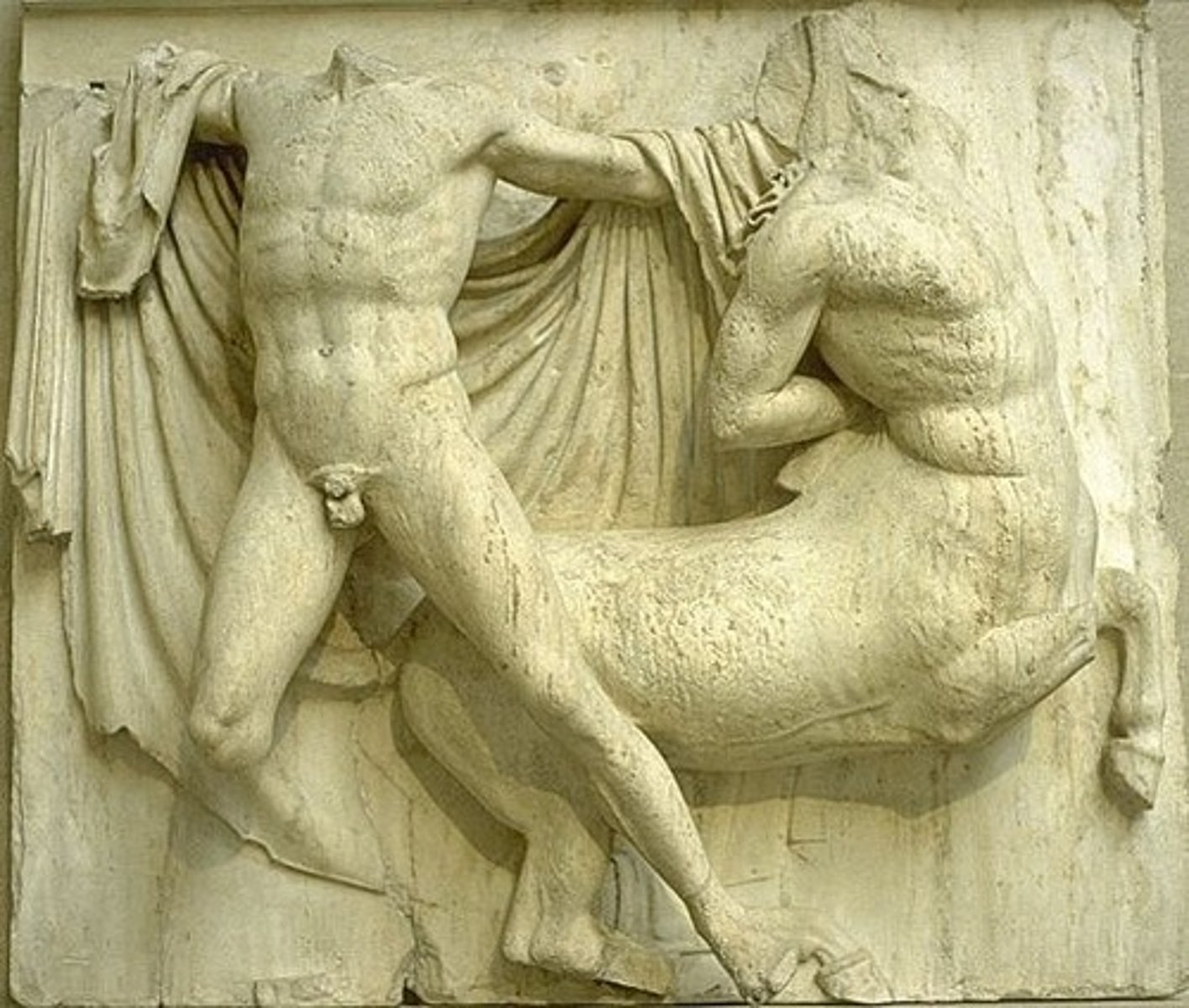
ionic frieze of the temple of apollo at bassae
date: 420400 BC
material: marble
narrative: amazonomachy and centauromachy
significance: internal architectural frieze showing the amazonomachy and centauromachy
